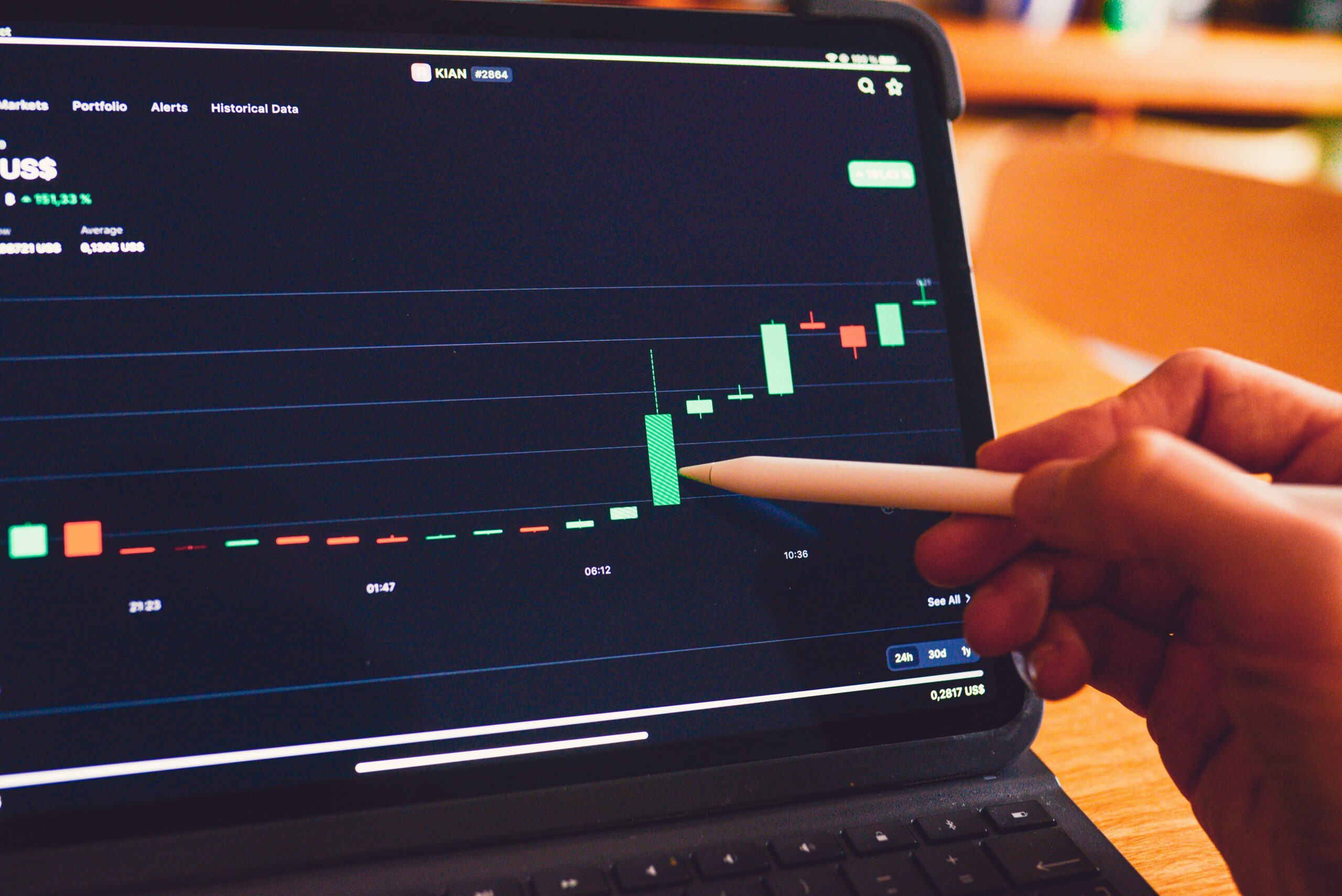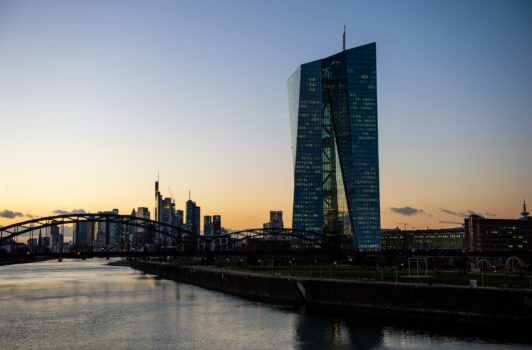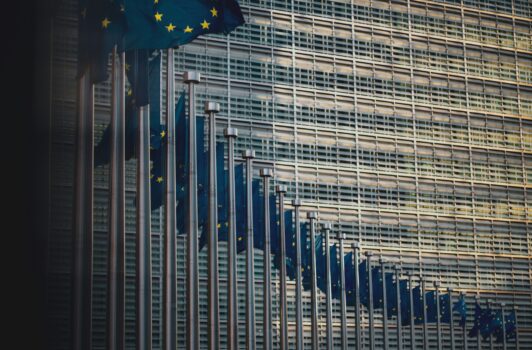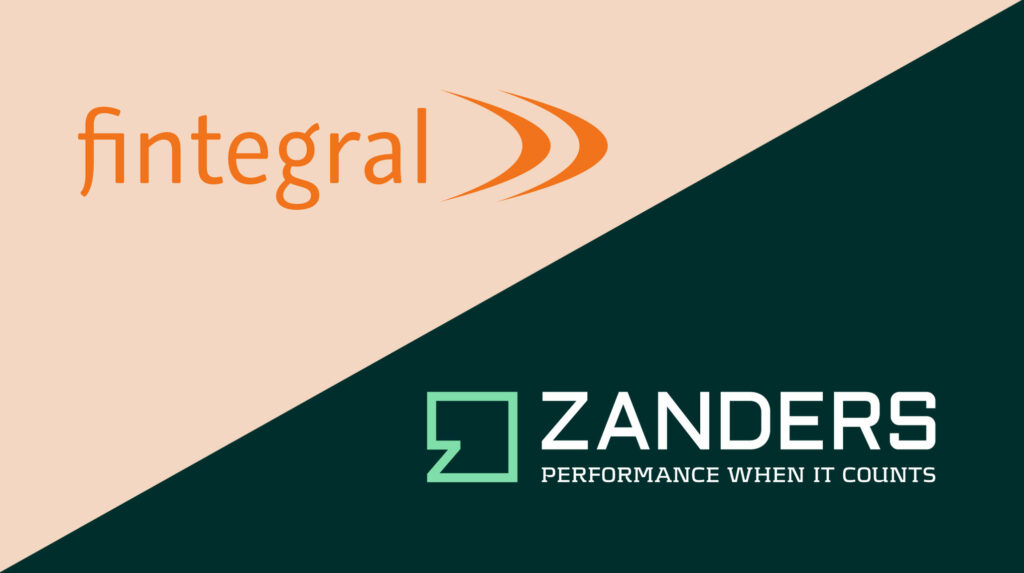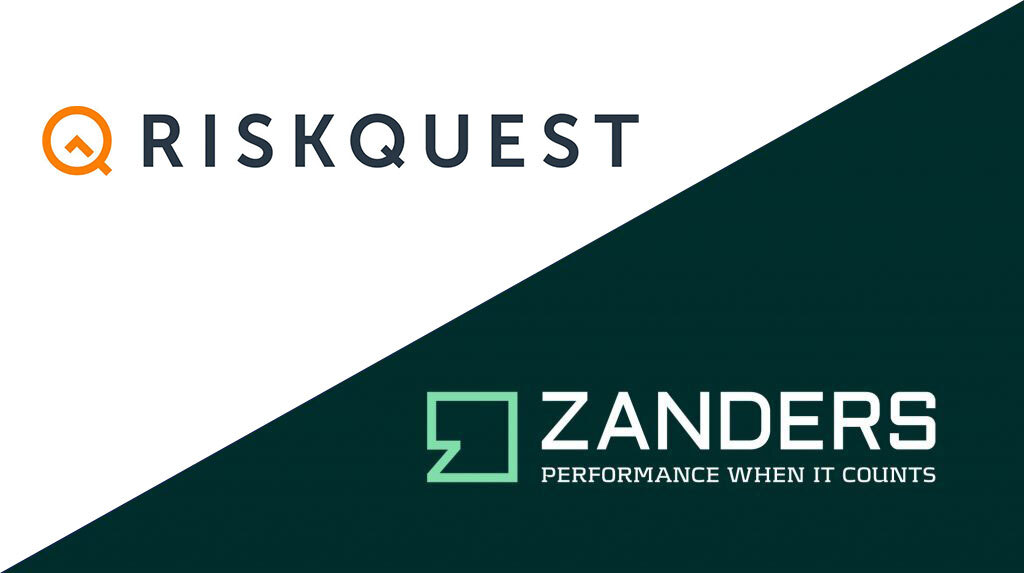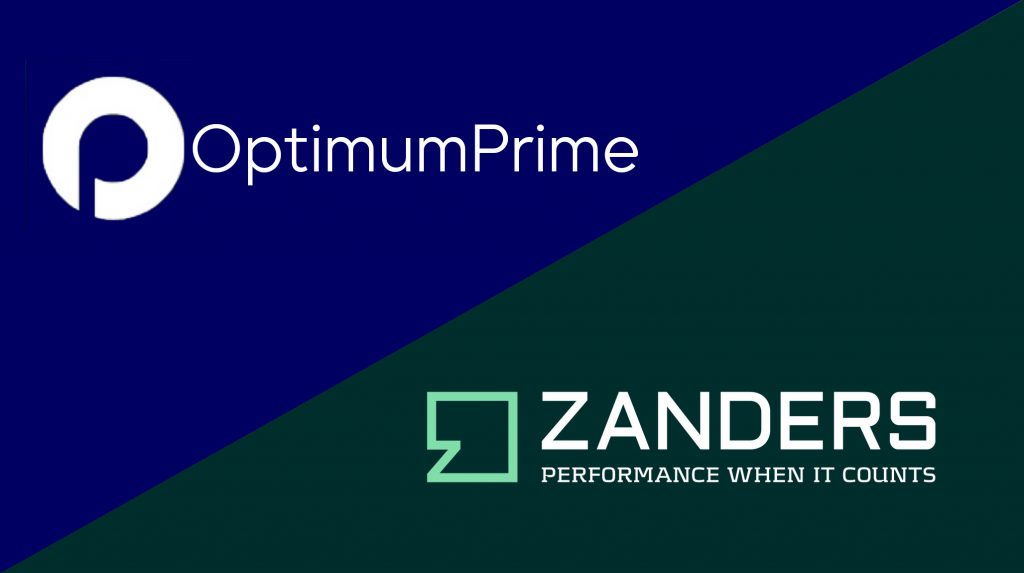In 2014, Lamb Weston/Meijer, a major manufacturer of potatoes with roots in both the US and the Netherlands, decided to expand its capacity with a new production line for its specialty products. Arranging the necessary financing provided a good opportunity for evaluating its cooperation with existing finance providers.
With customers in the proprietary fast-food chains in the quick service segment and many ‘casual dining’ restaurants, Lamb Weston is a major player in the international food market for frozen potato products. The brand is also expanding in the retail sector, particularly in the Middle East and the UK. Lamb Weston invented the Twister®, the now famous curly fries. Moreover, the company also makes Ziggy Fries, which have a flaky structure, to keep them crispy for longer, and recently also introduced Connoisseur fries, which look as if they’ve been cut by hand.
Global ambition
Lamb Weston/Meijer (LW/M) is a joint venture owned by two companies, Lamb Weston and Meijer Frozen Foods. An American company, Lamb Weston was founded in 1950 by F. Gilbert Lamb, a grower from Weston, in the state of Oregon. Lamb developed the water gun knife, a device with which potatoes can be cut into fries by water under high pressure. After later developing Curly Fries and CrissCut Fries, the company grew rapidly. The stock-exchange-listed ConAgra then took over Lamb Weston Foods* with the aim of making it the world’s biggest producer of frozen potato products. In support of that ambition, the company decided to also establish itself in Europe, leading to the existing joint venture with Meijer Frozen Foods. This Dutch potato producer started up in 1920, when Cees Meijer Senior bought a potato plant in Kruiningen and decided to sell potatoes grown in the clay-base soil of Zeeland, as of the fifties in frozen form. The family-owned Meijer company and the listed ConAgra now each hold 50 percent stakes in LW/M. The company’s turnover is about EUR 600 million per year – and they process more than 1.3 billion kilos of potatoes into high-value products.
New production line
Significantly, LW/M’s turnover continues to grow and the company has succeeded in increasing its market share in several European countries. “That’s why we want to expand our capacity,” says Peter van Wouwe, CFO of LW/M. “We’d been toying with this intention for a while and last year we decided to act on it by installing a new production line in our Bergen op Zoom factory. We already have a production line there, but we’re now installing another alongside it for our specialty products like Twister® Fries and CrissCuts®. This was a key reason for us to start looking for fresh financing.”
The expansion called for an investment of about EUR 120 million. And even though the company generates substantial cash flow, it still needed to raise the new financing. “First we wanted to explore the best way of structuring it. We’d enjoyed several years of excellent collaboration with ABN Amro and Deutsche Bank, but it’s always a good idea to revisit existing agreements to ensure you have the best possible starting position.”
Financing form
LW/M had used Zanders for the financing of an acquisition before Van Wouwe joined the company. “That collaboration went very well so we decided to get in touch again for this financing requirement,” says Van Wouwe. “We’d already discussed it with Zanders in the preliminary stages and in December 2014, when we decided to make the investment, we immediately started checking out the best way to structure it all. We set up a good roadmap and the first question we encountered was which form of financing should we opt for.”
The choice was whether or not to arrange the funding through its regular banks. “In addition to the existing credit lines extended by our banks, we decided to also examine other potential financing opportunities,” says Van Wouwe. In exploring its options LW/M decided it was wise to include both a best-case and a worst-case scenario. “A specific aspect of our financing requirements is that there can be substantial fluctuations in our results. This has everything to do with our raw material. The potato is a natural product and one year the price can be very low and the next year prohibitively expensive - sometimes varying by a factor of 20. And, of course, this significantly impacts our results and working capital. This is why we had to include a worst-case scenario; what would it mean for our results and cash flow if we had a very bad year? Any new financing would have to make allowance for such a situation, so that we wouldn’t immediately have to go back, cap-in-hand, to the bank.” That said, new financing based solely on a best-case scenario would also raise questions, thinks Sander van Tol, managing partner of Zanders: “In recent years, the company has been profitable and has earned a lot of money. So it begs the question of whether you’re not allowing yourself too much room so you can make other investments too. It’s a trade-off between how much financing you are looking for and for how long? Based on all this, we checked the flexibility of possible financing instruments and soon came to the conclusion that bank financing was the best option.”
Term sheet
Afterwards, an inventory of the banks was started up. “First, we put together a long-list of banks that might be suitable,” says Van Wouwe. “Together with our partners in the US, we looked at what would suit us the best and with which banks we could maintain a good relationship in the longer term. In this respect we are pretty traditional because we have excellent relationships with our banks. At the end of the day, particularly when the going gets tough, it’s very important that you can always get on with one another.”
After whittling down the long-list to a shortlist, LW/M invited four banks so that it could present the company’s plans and expectations, together with a forecast of cash-flow development during the coming years. “We saw that the banks were interested and, by means of a detailed term sheet, we gave them a proposal in which the terms of the financing were summarized,” explains Van Wouwe. The ensuing discussions were mainly about what LW/M was looking for in the financing and the best way to structure it. Among other aspects, the impact of regulation (Basel III) on the pricing of the financing was also discussed. In the interests of cost optimization, it was decided that the loan should be ‘labeled’ as two separate parts. One part would be for the expansion of the plant (a so-called term loan) and the other would be for the company’s working capital (a form of current account financing that could be used when the company needs it – a flexible variant). “In this way we achieved the best composition for our size and organization,” assures Van Wouwe. “Working with just one bank is hardly ideal, yet every bank that’s added to the equation makes it more complex. At the end of the day this approach, in which banks were invited to participate on the basis of the detailed term sheet, worked out well.”
The devil is in the details
Documenting the agreements in the term sheet is a detailed (legal) process and to accelerate the documentation phase it’s common practice to set up the term sheet in a very painstaking manner. “Banks want to know now what you’ll be doing in three years’ time and lay down agreements on this in the term sheet. During the next few years, for example, we want to be able to establish new entities in different countries, without constantly having to consult the bank – which could suddenly refuse us. That’s the kind of thing you want to avoid.” This is also why Zanders collaborated closely with LW/M’s external legal advisor. “That accelerated the process considerably,” says Van Tol. “What was unique about this process was the time invested in preparing the term sheet that listed all the agreements with the bank. One page can sometimes be sufficient for a term sheet, but in this case it was eight pages. And its importance shouldn’t be underestimated either, because signing the term sheet is like signing a wedding certificate – and it’s always advisable to know exactly whom you are marrying. During the documentation phase, to avoid working with irregular templates that could make the agreements less clear, we used the term sheets of the LMA, or Loan Markets Association. And in this project too it proved successful, because the devil is in the details.” Nodding in agreement, Van Wouwe remarks that it does indeed pay to negotiate the contents of the term sheets in great detail. “The LMA principles adopt a different approach – more at an international than national level. And that’s a much better fit with what we want to achieve.”
New fries
April 2015 saw the groundbreaking ceremony for the new production facility and six months later they started installing the machines. “It’s a very complex project, comprising three separate projects rolled into one,” explains Van Wouwe. “Firstly there’s the technical realization of the new production line. Then, once the line is established, we must be able to start production immediately, the employees must be properly trained and the right sales contracts must be in place to ensure that suitable sales markets have been found for the production. The third and final of these projects is underscoring the continuity of the factory. The new production line, together with the existing one, will use the same receiving area for the potatoes, despite their packaging being very different. It’s a logistical challenge, but fortunately it’s all going according to plan.”
LW/M expects the new line to start being productive in July 2016. “We’ve never carried out a project of this scale before and we’re extremely pleased that we’ve been able to secure such a good banking solution for it,” concludes Van Wouwe.
On the 18th of November Conagra announced a renewed strategic focus: “ConAgra Foods Announces Plans to Separate Into Two Independent Public Companies”.










